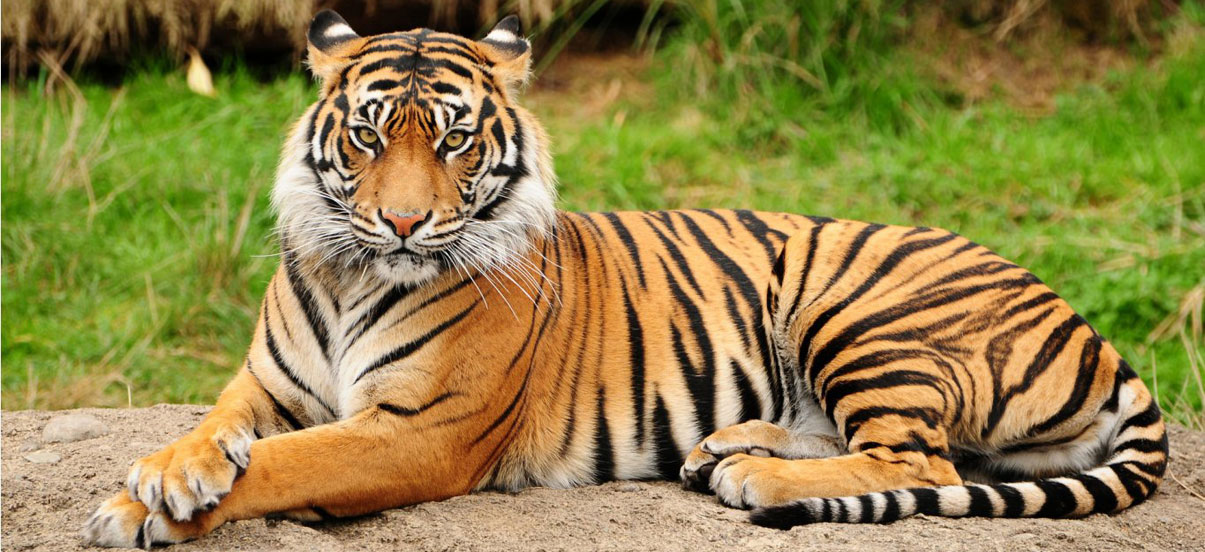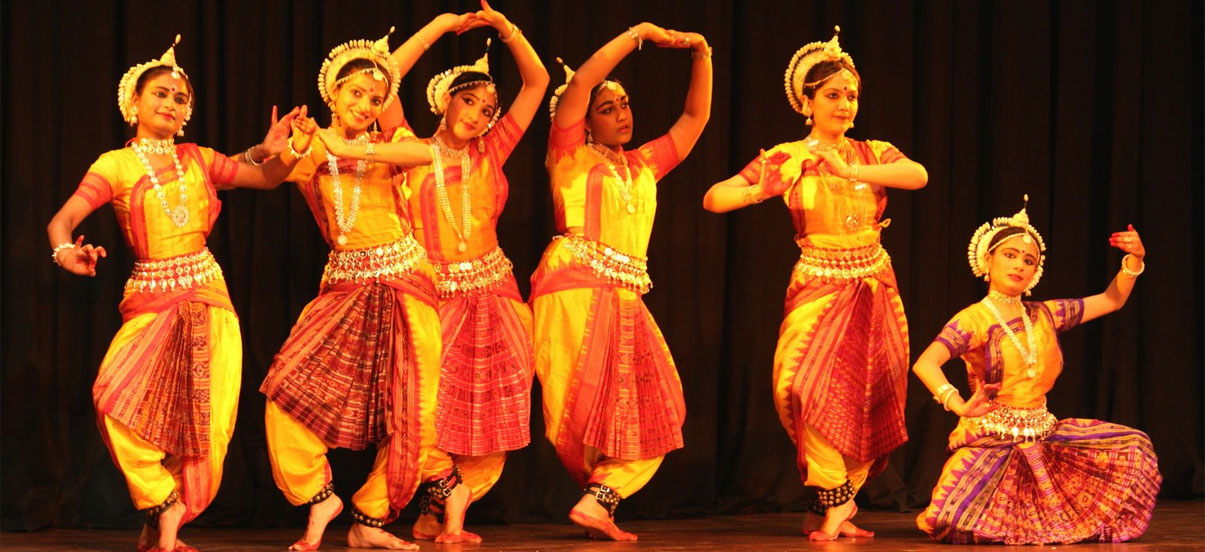Odissi is one of the famous classical Indian dances from Odisha state. The history of Odissi dance is almost two thousand years old. Odissi is a highly inspired, passionate, ecstatic and sensuous form of dance. Like most of the South Indian classical dances of India Odissi too had its origin in the Devadasi tradition. The state of Odisha has a great cultural history. The rulers of this region built magnificent temples, which became the center of art and culture. It was around these temples that Odissi, one of India’s scintillating dance-forms was born, nurtured and nourished.
In its present form Odissi is a well established and codified classical dance form of India. Odissi is considered a dance of love, joy and intense passion, pure, divine and human. Over a period of time three schools of Odissi dance developed, they are- Mahari, Nartaki, and Gotipau. The Mahari system traces its roots in the Devadasi tradition. The dance form of Odissi that developed in royal courts is called the Nartaki tradition. In the Gotipau tradition of Odissi dance young boys dress up in female attires and enact female roles.
Before the 17th century Odissi dance was held in great esteem due to patronage and support of local rulers and nobles. During this period even the royalty was expected to be accomplished dancers. However, the scenario changed after the 17th century. The dancing girls were thought of as prostitutes and from here the social position of dancers began to decline. During the colonial period too the position of Odissi dance suffered due to anti-notch attitude of the British.
With India gaining independence there began great efforts to revive the classical Indian dances. The government came to realize the role of cultural heritage in creating a national identity. A number of people and experts took initiatives for the reconstruction and popularization of Odissi dance. Some of the notable are Guru Deba Prasad Das, Guru Mayadhar Raut, Guru Pankaj Charan Das, Guru Mahadev Rout, Guru Raghu Dutta and Guru Kelu Charan Mahapatra.
One of the most distinguishing features of Odissi dance is the Tribhangi. The notion of Tribhang divides the body into three parts, head, bust and torso. The postures dealing with these three elements are called Tribhangi. This concept has created the very characteristic poses which are more twisted than found in other classical Indian dances. Mudra is also an important component of Odissi dance. The term Mudra means “stamp” and is a hand position which suggests things. Odissi themes are almost religious in nature and mostly revolve around Krishna.
0











